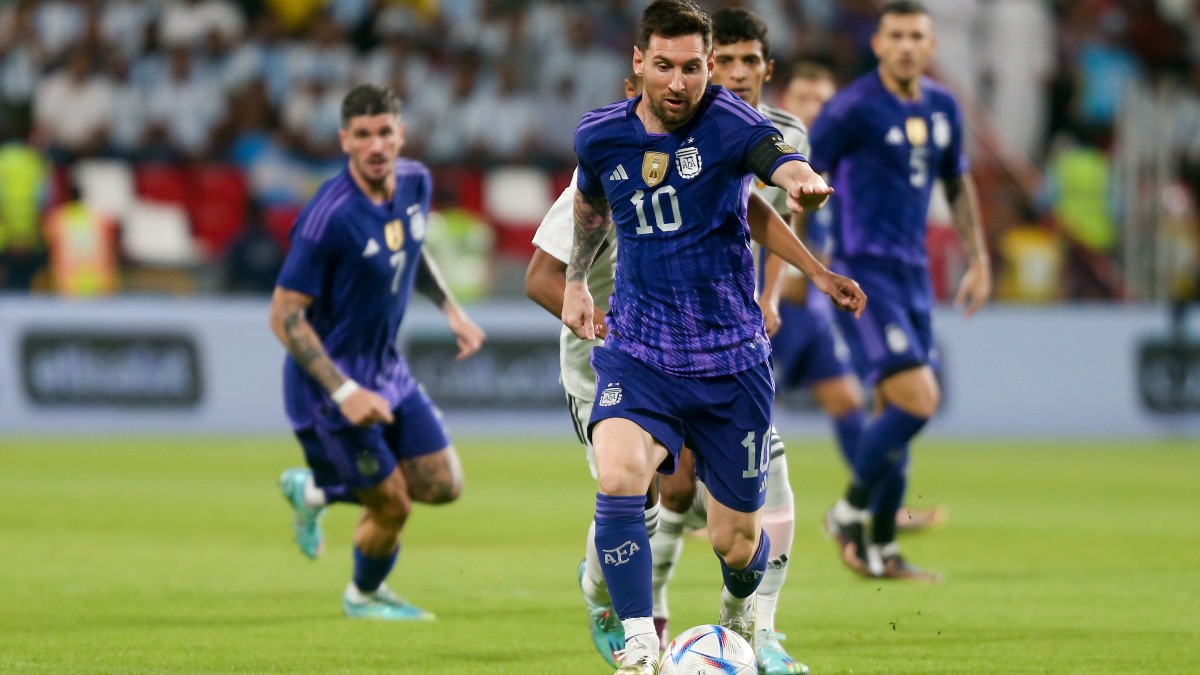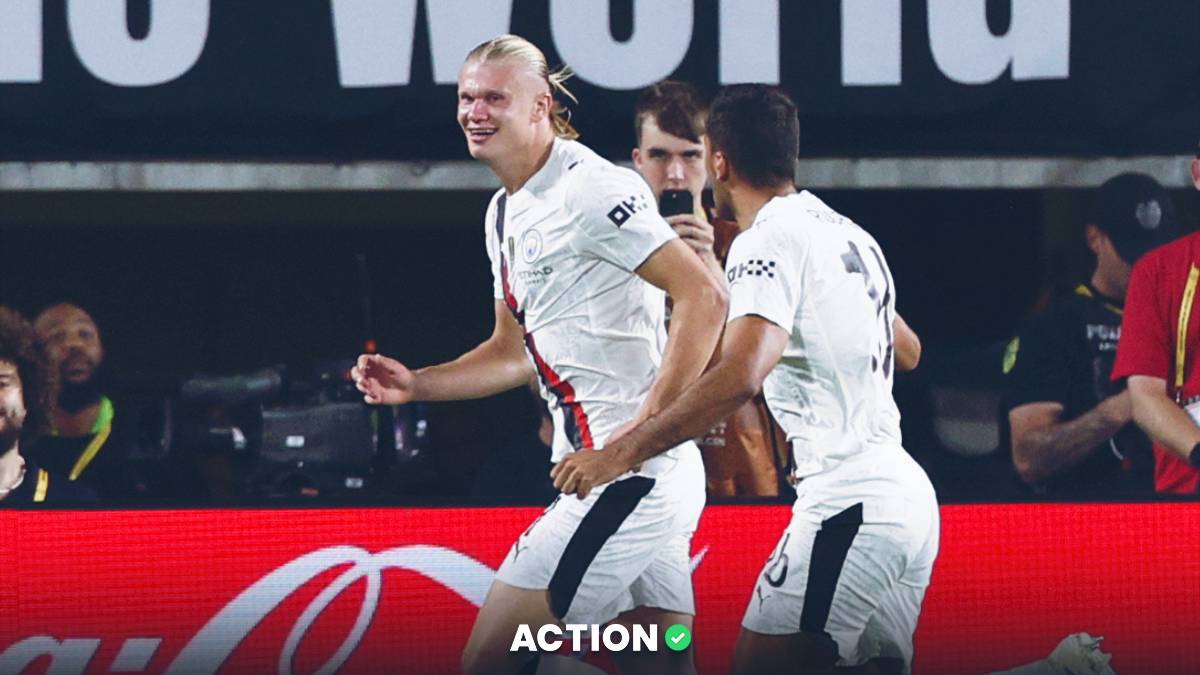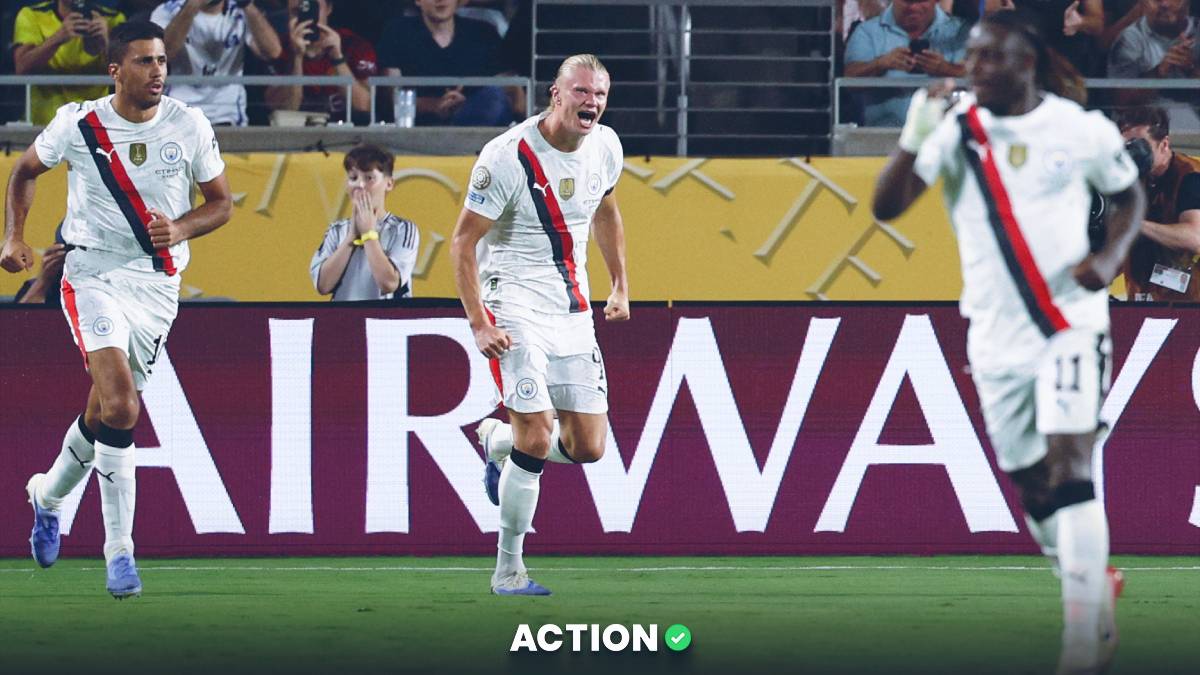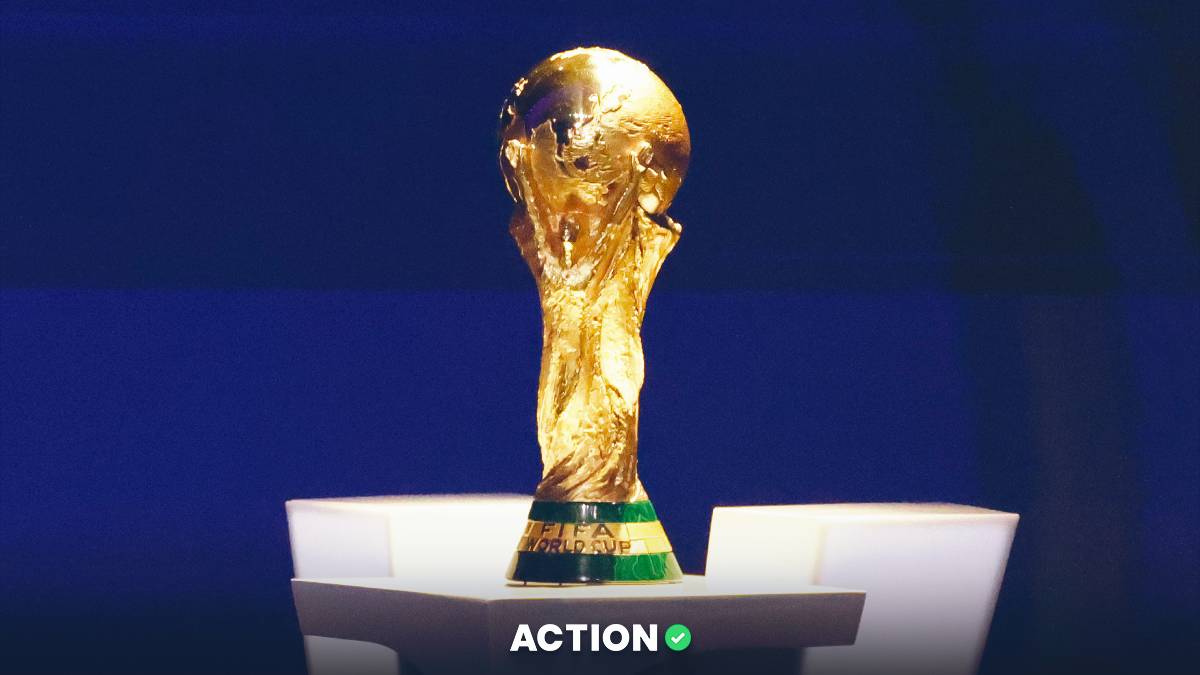- Looking for World Cup match projections based on solid data?
- Look no further than BJ Cunningham's group stage match projections.
- He lays out the numbers for all of the matches.
If you're looking for 2022 World Cup odds projections that are based on reliable data, you've come to the right place.
As many of you know I put out projections every week for the Premier League, La Liga, Bundesliga, Serie A, Ligue 1, Champions League and Europa League. I also project international soccer matches using my international soccer rankings that were developed a little less than a year ago, which you can read about here.
Both the rankings and projections are based on four critical factors that I believe are essential when trying to handicap soccer at the international level.
1)Expected Goals Results
I am a big believer that expected goals are a better indicator of a nation's performance rather than what the final score winds up being.
Expected Goals (xG) measure the quality of a chance by calculating the likelihood that it will be scored from a particular position on the pitch during a particular phase of play. This value is based on several factors from before the shot was taken. xG is measured on a scale between zero and one, where zero represents a chance that is impossible to score and one represents a chance that a player would be expected to score every single time.
I have gone through and logged every country's xG results, but only from competitive competitions, meaning no results from friendlies or Nations League competitions were included.
2) Transfer Value Adjustment
I use Michael Caley’s method of using a team's overall transfer value to account for the talent level of each country.
Using Transfermarkt data and running a few different calculations, these are the total squad transfer values for all countries in the World Cup, along with the amount added to their xG rating:
3) FIFA Coefficients
Similar to the idea of UEFA Coefficients, which help determine how many teams each country can get into the Champions League, Europa League and Europa Conference League, I wanted to put a coefficient on each continent.
UEFA Coefficients are determined by how well the club teams from each country do in European competitions.
So, I applied that same method to FIFA Coefficients by going back through the last five World Cup competitions and gave out point values (based on the criteria below), along with a weight for the average transfer value by continent to get to a value that can be added to each country's rating based on what continent it resides in.
FIFA Coefficient Points:
- Two points: For all wins in the group stage & knockout stage
- One point: For all draws in the group stage
- Two points: Bonus for finishing second in the group
- Four points: Bonus for winning the group
- One point: Bonus for each round reach from the Round 16 onward
After some calculations, here are the following "FIFA Coefficients" that are added to each country's xG differential plus transfer value adjustment:
4) Strength of Schedule
Strength of Schedule needs to be taken into account when determining rankings like this:
Inside Continent
First, there is a strength-of-schedule adjustment at the intra-continent level, which starts by ranking each team based on its xG differential plus transfer value adjustment. Then, from the average strength of schedule for that specific continent divided by each team's average rank played, you get the "percentage above/below the average strength of schedule."
Worldwide
Even though FIFA coefficients can give us a good weight for each continent's true level of play, another strength of schedule at the world level is necessary to properly rate each country.
So, there's a "final ranking before strength of schedule adjustment," which is the final rating after taking into account xGDiff plus transfer value adjustment in addition to the intra-continent strength of schedule adjustment.
After that, the same method mentioned above at the intra-continent level is applied at the world level, taking the average strength of schedule of the World Cup teams divided by the average rank of opponents faced minus 100%.
Here are the projections for the knockout stage:
Sign up with bet365 bonus code ACTION to receive your new-user promotion. Terms apply.
























































